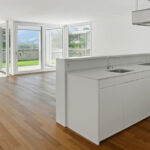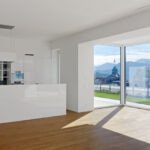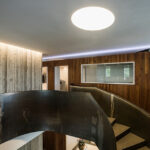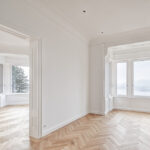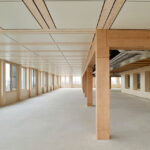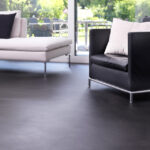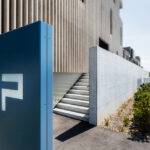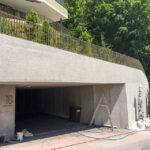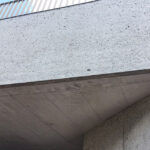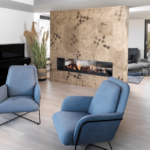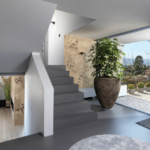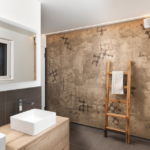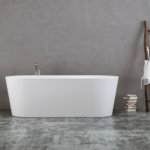- Home
- Competencies
Facade construction
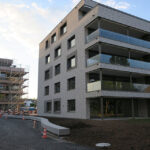
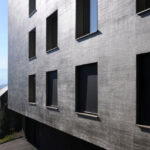
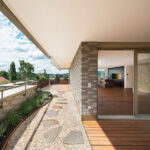
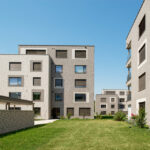
- Service
- About Us
- Contact
Headquarters in Emmen
-
MVM AG
Kirchfeldstrasse 44
6032 Emmen - 041 289 04 04
- mail@mvm-ag.ch
-
Monday - Friday
08:00–12:00 / 13:30–17:00
Zug location
-
MVM AG ZG
Commercial Street 11
6330 Cham - 041 758 18 57
- mail@mvm-ag-zug.ch
-
Monday - Friday
08:00–12:00 / 13:30–17:00
Sursee location
-
MVM AG Sursee
Surentalstrasse 10
6210 Sursee - 041 920 35 15
- mail@mvm-ag.ch
-
Monday - Friday
08:00–12:00 / 13:30–17:00
Stans location
-
MVM AG Stans
Hansmatt 30
6370 Stans - 041 610 00 42
- mail@mvm-ag.ch
-
Monday - Friday
08:00–12:00 / 13:30–17:00
-
MVM AG
- Rental
- Shop
Energy-saving facade solutions
- Competently. Innovative. Qualitatively.
- from MVM AG
- 18 October 2023
The energy efficiency of buildings is playing an increasingly important role, both from an ecological and economic perspective. Energy-saving facade solutions are a crucial measure for reducing energy consumption. In this blog post we will take a closer look at different types of such facade solutions.
Why energy-saving facade solutions are important
The energy consumption of buildings has a significant impact on the environment. Valuable energy is lost due to inefficient facades, which leads to higher CO2 emissions and a larger ecological footprint. However, energy-saving facade solutions not only offer ecological benefits, but also financial savings through lower heating and cooling costs.
Thermal insulation composite systems (ETICS) as energy-saving facade solutions
Thermal insulation composite systems (ETICS) are one of the most effective methods to improve the energy efficiency of building facades. They consist of several components that together strengthen the thermal insulation of the external walls. The system usually consists of insulation, a reinforcing mesh, plaster and a final color coating.
The insulation material used in EIFS can be made of various materials, such as expanded polystyrene (EPS), mineral wool or polyurethane. These insulating materials have excellent thermal properties and minimize heat loss through the facade. They are applied to the outer wall in the form of panels or insulating composite elements. The reinforcing fabric that is placed over the insulation ensures stability and durability of the system. It is made of fiberglass or plastic fabric and is attached to the insulation with a special adhesive mortar. This fabric prevents cracks and cracks in the plaster layer, thereby protecting your energy-saving facade solutions from damage.
The plaster forms the outer layer of the ETICS and has several functions. It serves as a protective layer for the insulation and the reinforcing mesh and at the same time ensures a smooth and aesthetic surface. The plaster can be mineral or organic and is available in different structures and colors to meet the design requirements.
A color coating is applied for the final design and protection of the ETICS. This coating is weather-resistant and protects the system from moisture, UV radiation and dirt. It can be chosen in a variety of colors to give the building an attractive look. This means you can achieve many different aesthetic goals while opting for energy-saving facade solutions with an EIFS.
The advantages of ETICS as energy-saving facade solutions are diverse. Thanks to effective thermal insulation, the system significantly reduces energy loss through the external wall, resulting in lower heating and cooling costs. In addition, it offers improved sound insulation and creates a pleasant indoor climate. ETICS can be used on almost all types of buildings and is suitable for both new buildings and renovation projects.
However, it is important to note that proper planning and execution of an EIFS is of great importance in order to avoid potential moisture problems and damage. Professional installation by experienced professionals is essential to achieve the best possible results.
External insulation as energy-saving facade solutions
External insulation is also an effective method of improving the energy efficiency of building facades. With this method, the insulation is attached directly to the outside of the wall and then covered with cladding. One of the biggest advantages of energy-saving facade solutions with external insulation is the fact that the heat-insulating layer is installed outside the building. This reduces the thermal bridges and thermal bridges that can occur with interior insulation. The result is a more even temperature distribution in the rooms and better energy efficiency.
In addition, external insulation allows for a greater thickness of insulation compared to internal insulation. Thicker insulation leads to improved thermal insulation and therefore lower heating and cooling costs. Especially in old buildings with thin external walls, external insulation can have a significant effect on the energy efficiency of the building.
Energy-saving facade solutions with external insulation also offer the advantage of protecting the existing building structure. The insulation acts like a protective layer that protects the masonry from weather, moisture and mechanical stress. This can extend the life of the building and reduce the need for repairs and maintenance.
Another advantage of external insulation is the design flexibility. The external cladding can be made of various materials, such as wood, plaster, fiber cement panels or clinker brick. This allows the facade to be designed to be visually appealing and to fit harmoniously into the surroundings.
When planning and implementing external insulation, it is important to ensure that it is carried out professionally. The insulation must be installed carefully and without gaps to avoid thermal bridges. Selecting the right insulation and cladding materials should meet the specific needs of the building and local building codes.
Plaster and clinker facades
In addition to the various insulation systems, you also have to consider the cladding of your facade. Plastered and clinker brick facades are popular options for energy-saving facade solutions that not only offer functional advantages but are also aesthetically appealing.
For example, plastered facades can be used in a variety of ways and allow for a wide range of design options. They consist of a layer of plaster that is applied to the outside wall. This plaster layer not only has decorative functions, but also offers energy efficient properties. By using special thermal insulation plasters, heat loss through the facade can be reduced. The plaster layer serves as an additional protective layer for the masonry and can prevent moisture from penetrating. Cladding with plaster can contribute to energy-saving facade solutions. In addition, plaster facades can be designed in different colors and textures to suit individual architectural requirements.
Clinker brick facades are known for their robustness, longevity and natural thermal insulation. Clinker bricks naturally have excellent heat-insulating properties and thus help reduce energy consumption. They can therefore play a key role in energy-saving facade solutions. They are characterized by their high resistance to weather influences, fire and mechanical stress. Clinker brick facades are easy to care for and retain their color and structure for many years. The variety of clinker bricks available makes it possible to achieve an individual and attractive facade design.
Both plaster and clinker facades offer additional advantages in terms of thermal protection. Thanks to their high heat storage capacity, they can absorb solar energy and release it slowly, resulting in a balanced indoor climate. This helps reduce heating and cooling needs and improves living comfort.
Plaster and clinker brick facades are not only energy-saving facade solutions, but also contribute to the aesthetic enhancement of buildings. They offer a wide range of design options and make it possible to implement individual architectural concepts. In both new construction and renovation projects, plaster and clinker brick facades are a popular choice for creating energy-efficient and attractive building envelopes.
Evaluation and selection for energy-saving facade solutions
There are various factors to consider when selecting energy-saving facade solutions. The most important include the energy efficiency of the solution, the costs and profitability, as well as the aesthetic and functional integration into the overall appearance of the building. It is also important to consider regional climate conditions and building regulations to find the optimal solution for each specific project.
Energy-saving facade solutions play a crucial role in reducing the energy consumption of buildings. Thermal insulation composite systems, external insulation, plastered facades and clinker brick facades are just a few examples of energy-saving facade solutions that offer both ecological and economic benefits. When choosing a suitable facade solution, it is important to take into account the individual requirements and conditions of the project. A well-planned and implemented energy-saving facade solution can result in significant energy savings while aesthetically enhancing the building.
If you need help finding a suitable facade solution for your building or implementing this project, feel free to contact us. We advise you and implement your facade project professionally!



